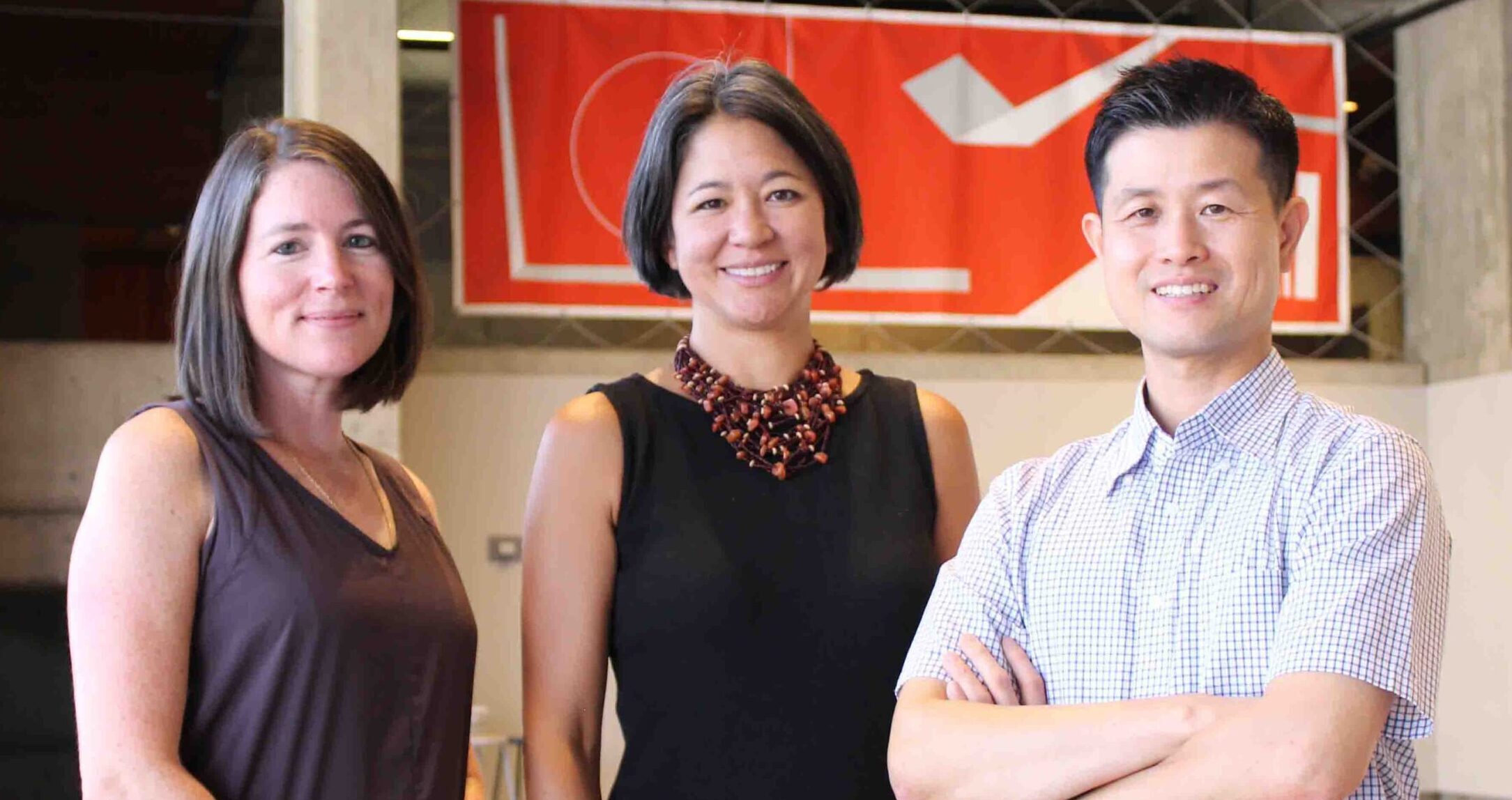
This story originally appeared in Innovation Matters – College of social Work.
More than two years after the beginning of a global pandemic, it’s still difficult to think through all the changes COVID brought with it. There isn’t a sphere of society or a point in the lifespan that wasn’t altered. Sarah Canham, associate professor in both the College of Social Work and College of Architecture + Planning, and Valerie Greer, assistant professor in the College of Architecture + Planning, are studying a small slice of this.
“I think one of the things we need to understand about the pandemic is that so many everyday variables have changed, not temporarily, but permanently,” explained Greer. “For instance, the ways we use online platforms—for information, for social connection, for health, for social gathering, for staying connected to families and loved ones—changed quite suddenly and dramatically in the last two years. That will continue to shape how we think about aging. With the global population aging at a fast rate, we thought it was important to understand—even in a small way—some of the things that come to the foreground of supportive factors for aging adults.”
Near the beginning of the pandemic, Greer and Canham—along with Andy Hong and Jim Gutter, also in the College of Architecture + Planning, and Ivis Garcia, formerly in the College of Architecture + Planning—received funding for a pilot study. The team’s goal: to learn more about how living through a pandemic, and the accompanying restrictions and changing life parameters, were affecting older adults’ ability to age well in the right place.
“Theoretically, ‘aging in place’—that is, staying in our own space as you age—started as a broad concept,” said Canham. “But in reality, it’s usually only possible for a particular segment of older adults—those who have social connections or reliable sources of regular income. The field has really shifted to thinking about ways of supporting ‘aging in the right place’ for more people, and considering how the pandemic changed people’s perceptions of what aging in the right place would mean and look like for them.”
Greer explained further, “We know that environmental and social determinants of health are critical for aging well across the whole lifespan. COVID threw so many curveballs into this. The pandemic brought unprecedented changes to residential, social, cognitive, and even functional domains. We wanted to understand more about what that looked like in concrete ways.”
The study utilized photovoice, a participatory, visual methodology where study participants take photos to document research themes. In this study, participants were asked to take photos, then write or record small vignettes to provide context for the image—what about the image was supportive of or a hindrance to what a right place felt like for that individual.
Both Canham and Greer were enthusiastic about the additional insight this methodology brought to the project. “The use of photovoice was really great because we could not only hear participants voice their experiences in interviews, but through the photos that they chose to take, we could also see what aging in the right place literally looks like for them,” said Canham. “In contrast to an interview where you might have an hour of somebody’s time to hear their experiences and hear their story, our participants went off with cameras and took time to think through what they wanted to share about their perceptions of what aging in the right place means to them. It wasn’t what we as researchers think they should think, or what we as policy makers, or what we as people who inform policy think will be important. It was literally hearing and then being able to see what’s of importance to the older adults who participated in the study. That is extremely valuable.”
The participatory aspect of photovoice not only provided more thoughtful insight, but also invited the researchers to reconsider some of their assumptions. Greer explained, “It was important to us to think about this not just as researching a topic, but researching with people who were actually experiencing conditions we were studying. We wanted to use the platform of research to elevate those experiences, not just in an individual and personalized way, but also the ways they collectively talked about larger themes they brought up related to aging.” She continued, “It was really humbling for me as a researcher and a great reminder of the importance of suspending your own pre-inclinations. Our minds always try to make sense of things, often by looking for things that reaffirm our views. It’s vital to remember to take a step back from that. And I think that is one of the things that photos do. It’s a different lens to help disarm some of the pre-assumptions you have about what aging in place means.”
In reflecting on the photos that emerged, Canham was surprised at the breadth of topics the images covered. “The social work profession is concerned not only with the entire life cycle, but different aspects of life as well. Social work is grounded within the socio-ecological model—i.e., the ways that an individual is embedded within a system. We consider the ways that individual factors contribute to our community and social level factors, which in turn influence the macro level and built environment. That came through in the data as well. Participants really were concerned about how aging impacted every aspect of life.”
Another thing the researchers considered with their data was who wasn’t seen. “The global pandemic response really highlighted the disproportionate impact that access to financial resources, health resources, digital literacy, and digital access has on different groups of people—the ways these challenges are distinct but also the ways they can compound,” said Greer. “Understanding our data in the constellation of other studies around the pandemic really underscores the need to be able to empower voices that aren’t as heard or aren’t as represented, particularly from firsthand narratives.”
Click here to see the full gallery of images from the study.
